WhenFree - Developer Guide
By: AY1920S2-CS2113T-T12-1
Table of Contents
- 1. Setting up
- 2. Design
- 3. Implementation
- Appendix A: Product Scope
- Appendix B: User Stories
- Appendix C: Use Cases
- Appendix D: Non-Functional Requirements
- Appendix E: Glossary
- Appendix F: Instructions for Manual Testing
1. Setting up
1.1 Prerequisites
- Ensure Java Development Kit(JDK) is 11 or above.
- IDE of your choice.
 We recommend IntelliJ IDE since this project is built upon the features of IntelliJ
We recommend IntelliJ IDE since this project is built upon the features of IntelliJ - The setting up of this project would assume that Intellij IDE is your preferred choice of IDE.
1.2 Setting up project
- Fork this repository and
git cloneit onto your computer. - Open Intellij (if you are not in the welcome screen, click File > Close Project to close the existing project dialog first)
- Set up the correct JDK version
- Click Configure > Structure for New Projects and then Project Settings > Project > Project SDK
- If JDK 11 is listed in the drop down, select it. If it is not, click New… and select the directory where you installed JDK 11
- Click OK
- Click Import Project
 IMPORTANT: Locate the build.gradle file in the project directory, select it, and click OK
IMPORTANT: Locate the build.gradle file in the project directory, select it, and click OK
1.3 Verifying Setup
- Open
Gradlefrom the vertical right tabs and typegradle runto build the project. - Try out a few commands as shown on the CLI menu.
2. Design
2.1. Architecture

Fig 1. Architecture diagram of the WhenFree application
Fig 1. shows the high-level design of the WhenFree application. WhenFree adopts an n-tier style architecture where higher layers make use of the services provided by the lower layers. Here is a quick overview of each layer/component and the sub-components residing in it.
- UI: The Command Line user interface of the application.
- Commons: A collection of classes containing constants such as messages for
common.exception, modules that cannot be formatted, etc. - Logic: The main control unit of the application which handles the business logic of the application.
- Model: Holds the data of the application in memory to be easily accessed by methods that requires it.
- Storage: Writes data from Model component to hard disk, and reads previously saved data from hard disk into Model component. </br>
2.2. UI component
The UI component represents the Command Line user interface of the application. It serves the purpose of facilitating the usage of the application and providing information requested by the user.
The UI component consists of the TextUI class. TextUI is called by 2 classes, WhenFree and CommandHandler to print
messages in the user’s console.
TextUI is called by the main class WhenFree which runs the application, to display the welcome message, menu message and exit message.
These messages enhances the usability rather than the functionality of the application.
TextUI is also called by the CommandHandler class which interprets user input and initializes the execution of commands.
TextUI displays messages that indicate the successful execution of a command. Importantly, these messages include requested information by commands such as List all contacts, List all scheduled meetings and Display timetable of selected commands,
which are key to the functionality of the application. The implementation of these 3 features whose functionality involves the TextUI class are described in Section 3 below.
Additionally, TextUI is called by both WhenFree and CommandHandler classes to display error messages when exceptions are caught.
</br></br>
2.3. Logic component
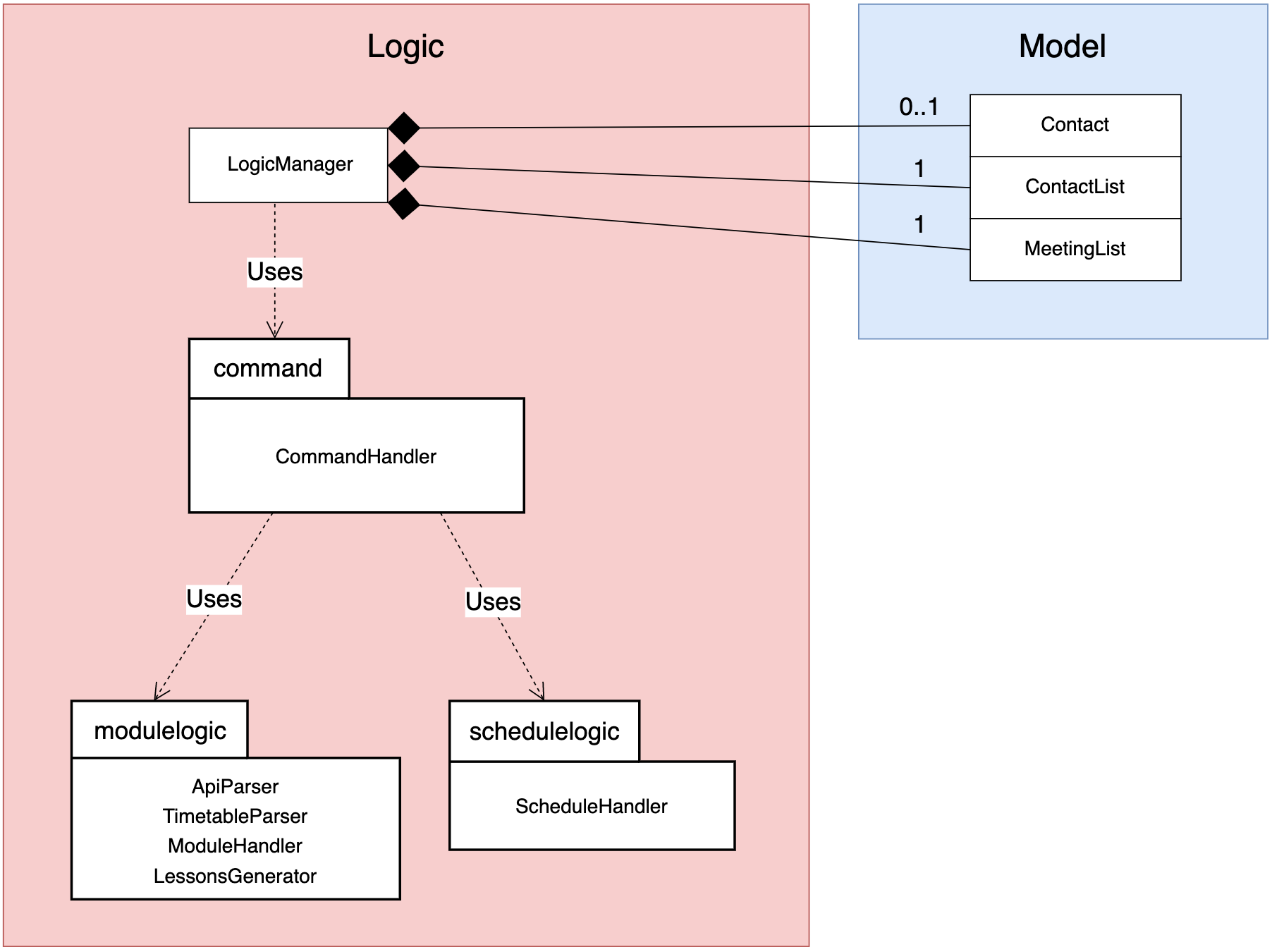
Fig 2. Overview of Logic component
Fig 2. shows an overview of the Logic component. The LogicManager class is the brain and backbone of the logic component. It depends on 3 sub-components: schedulelogic modulelogic command.
First, command sub-component interprets and initializes user commands.
Afterwards, LogicManager instantiatesschedulelogic and modulelogic sub-components via CommandHandler to enable the generation of common time slots from NUSMODS links.
LogicManager forms a whole-part relationship with the classes in the Model component, mainly ContactList and MeetingList where all the data generated from user commands would be stored. Besides, LogicManager also stores a mainUser:Contact containing the user’s timetable
which is used to store scheduled meetings.
2.3.1. logic.commands component
The commands component interprets the user command and call the modulelogic and schedulelogic components to execute the commands.
The commands consists of the class CommandHandler.
2.3.2. logic.modulelogic component
The modulelogic component retrives modules and module information from NUSMODS links.
The modulelogic component consists of 4 classes: TimetableParser ModuleApiParser ModuleHandler LessonsGenerator.
-
LessonsGeneratoruses theTimetableParserclass to acquire the modules a user is taking, including the timeslots of those modules. -
LessonsGeneratoralso usesModulehandlerto retrieve a set of information related to a specific module. - With both information,
LessonsGeneratoris able to dynamically generate the user’s time-slots stored inArrayList<String[]>via a series of Key-Value pair hashing. -
Arraylist<String[]>contains the start/end time, days and weeks of all modules the user is taking.
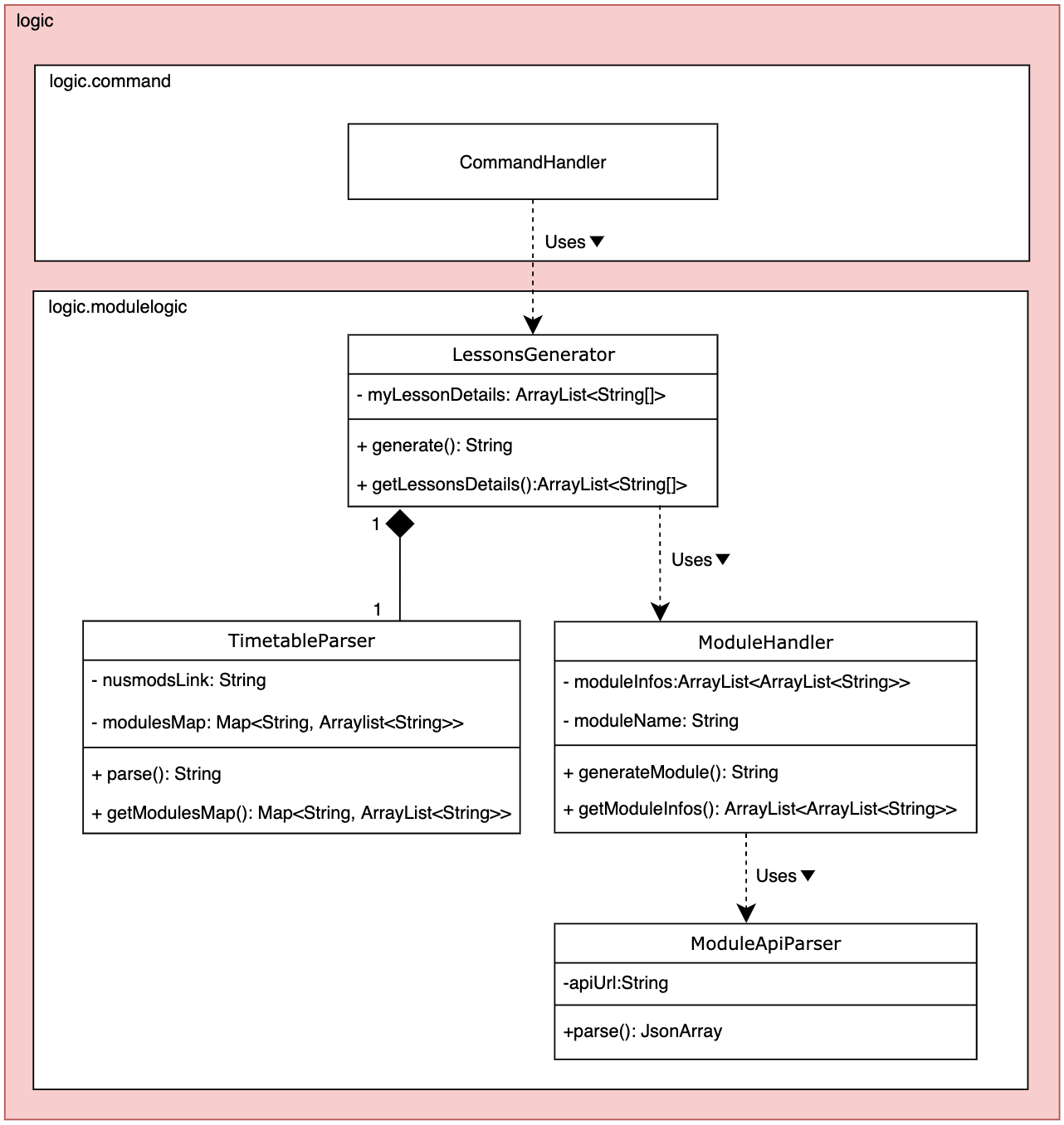
Fig 3. Class diagram of the logic.modulelogic component
Fig 3. shows the interaction between the 4 classes in logic.modulelogic sub-component whenever a new user keys in his/her NUSMODS link.
-
ModuleApiParsercontrols the API fetching logic and instantiates a HTTP GET request object to fetch a Json object from the open-sourced NUSMOD API server viaparse() -
ModuleApiParseris called byModuleHandlerevery time a new module is requested. - Subsequently,
ModuleHandlerwould clean the data and filter out any blacklisted modules provided byModuleApiParser, and stores the information into anArrayList<ArrayList<String>>data structure to be used byLessonsGenerator. Blacklisted modules are filtered out based on the data fromcommon.BlacklistedModule. - Next,
TimetableParserfetches the module information a user is currently taking from his/her timetable link viaparse().parse()andparseModule()makes use of regex to sift through timetable link provided by user in the form ofStringobject and stores the information in aMap<String, ArrayList<String>>data structure as seen from the figure. - This sub-component also depends on the
common.Messagesclass to provide the exception message when an incorrect link is being parsed.
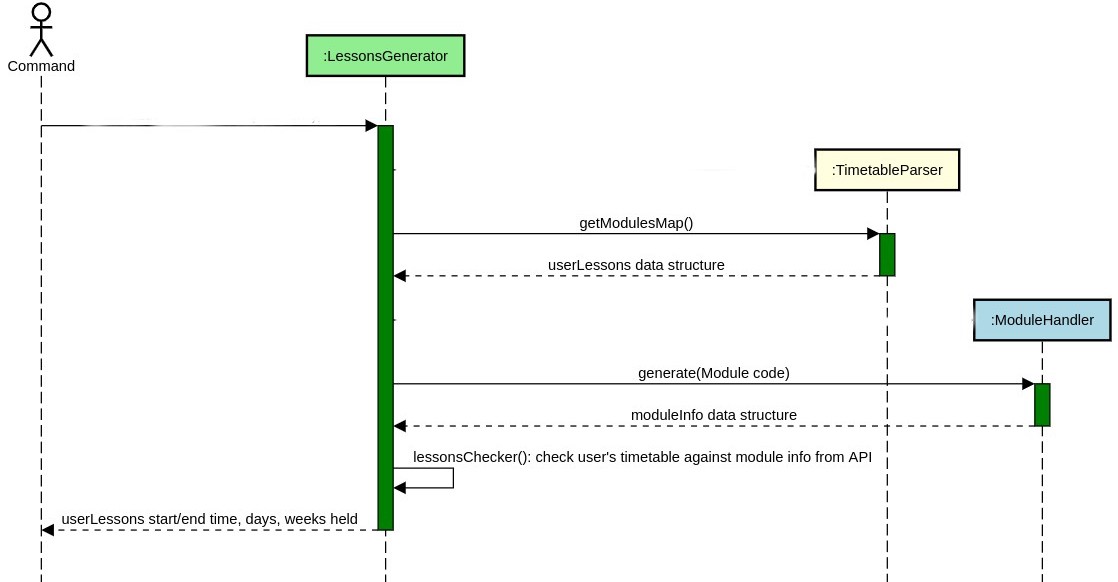
Fig 4. Sequence diagram of the logic.modulelogic component
Fig 4. shows an overview of the UML sequence of the entire logic.modulelogic component.
LessonsGenerator collates the returned data structure from both ModuleHandler and TimetableParser, calling.lessonsChecker() simultaneously to create a set of information containing the start-time, end-time, day, weeks of the modules that a user is taking.
The information returned from LessonsGenerator would then be used in Command component.
2.3.3. logic.schedulelogic component
The purpose of the schedulelogic component is to put together several Contacts’ schedules into a combined schedule.
The schedulelogic component is used by the Display timetable of selected contacts
feature to obtain a combined schedule of selected Contacts.
The schedulelogic component consists of the class ScheduleHandler. The key interactions of ScheduleHandler
with 2 classes, CommandHandler and Contact, are explained in the class
diagram and description below.
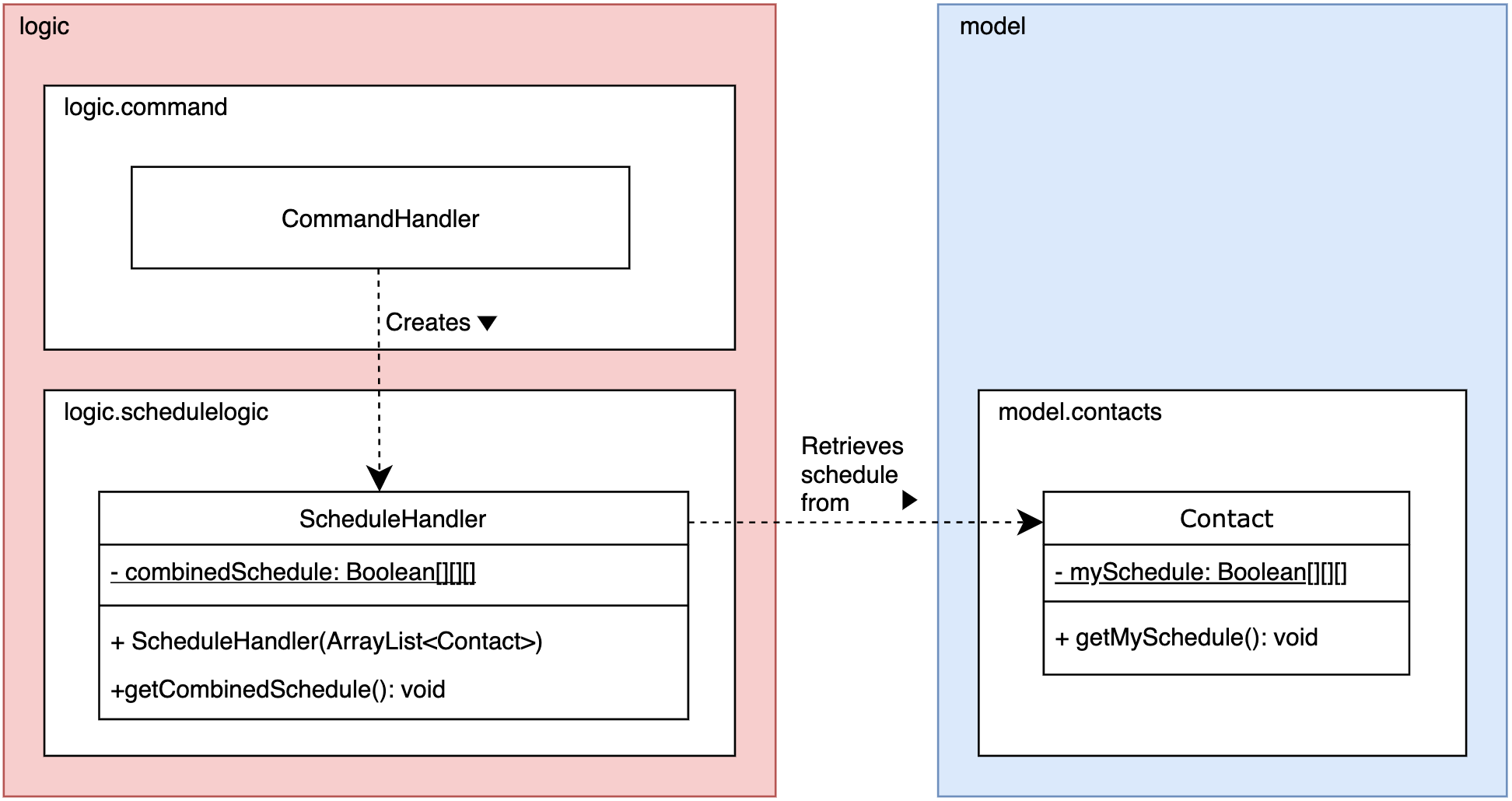
Fig 5. Class diagram of the logic.schedulelogic component
A ScheduleHandler object can be created by the CommandHandler class with the ScheduleHandler() constructor, and is passed an ArrayList of Contacts.
The ScheduleHandler object retrieves the schedule of each Contact using Contact#getMySchedule(), and uses the retrieved
schedule to fill up its private class variable, combinedSchedule. CommandHandler can retrieve the combined schedule generated
by the ScheduleHandler object by calling ScheduleHandler#getCombinedSchedule().
Section 3.3 below explains in detail how the schedulelogic component is used in the
implementation of the Display timetable of selected contacts feature.
</br></br>
2.4. Model component
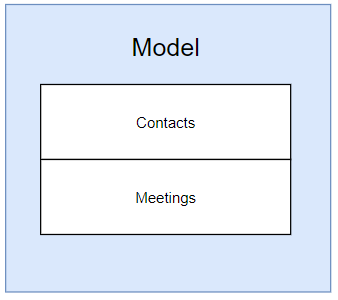
Fig 6. Overview diagram of the Model component
The model component holds data generated in the application in memory. The data can be accessed by methods that require
it when the application is running. The model component contains 2 sub-components: meetings and contacts.
2.4.1. model.meetings component
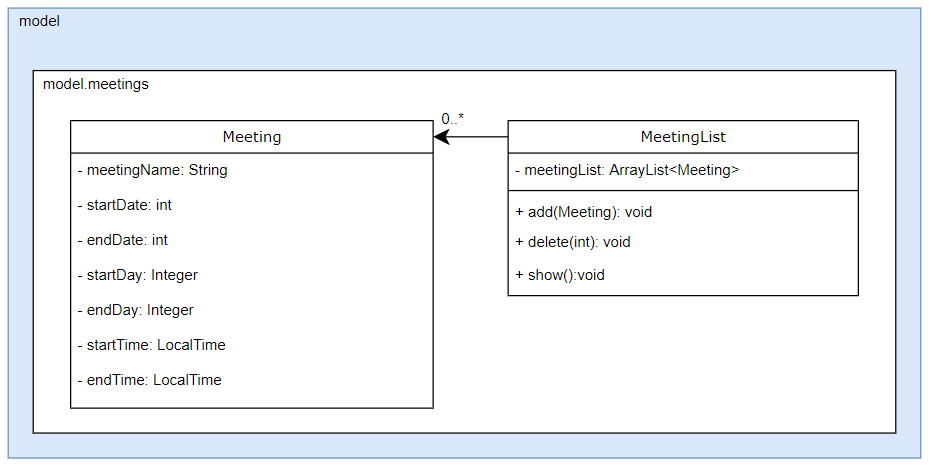
Fig 7. Class diagram of the model.meetings component
The meetings component of our application consists of 2 classes: Meeting and MeetingList.
-
Meetingis used to represent a meeting that the user has scheduled. It contains the name, start and end date, day and time of the meeting. It also contains getter methods, not shown in the diagram, which are used to access its attributes. -
MeetingListis used to store a list of all meetings. It contains aArrayList<Meeting>which is updated every time the user adds or deletes a meeting. There are also getter methods not shown in the diagram.
2.4.2. model.contacts component
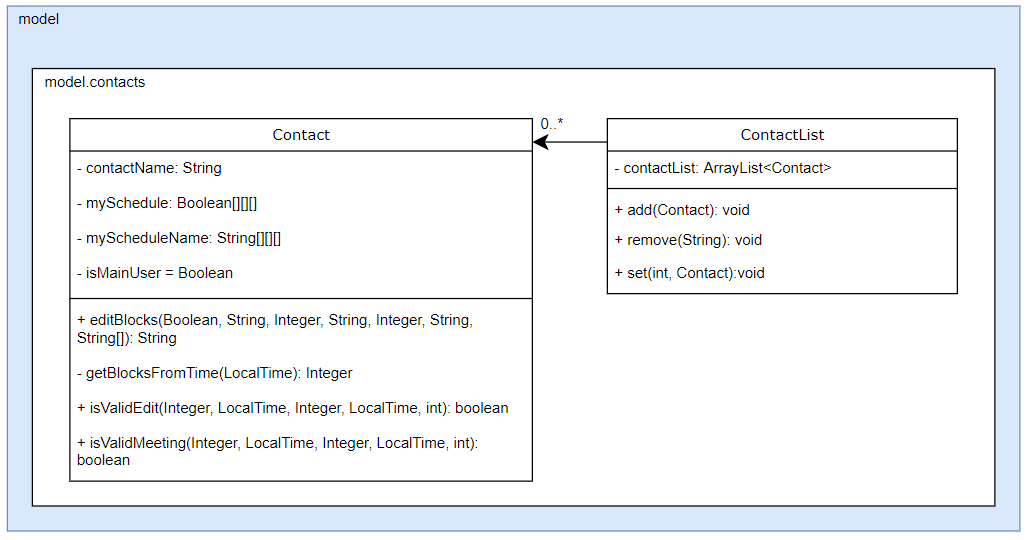
Fig 8. Class diagram of the model.contacts component
The contacts component of our application consists of 2 classes: Contact and ContactList.
-
Contactconsists of information of a member’s name and schedule.- The information of a contact’s schedule is stored in blocks of 30 minutes interval for 13 weeks and 7 days a week.
- By default, the first
Contactadded will be the main user of the application. - It contains logic to convert time into 30-minute blocks for easy processing and check if a slot is valid for scheduling a meeting or editing.
- It also contains a private class
Slot, not shown in the diagram, used exclusively byContact.Slotcontains information about a time slot and contains logic to convert its attributes.
-
ContactListis aArrayList<Contact>which newContactare added to. It also contains getter methods not shown in the diagram. </br>
2.5. Storage component
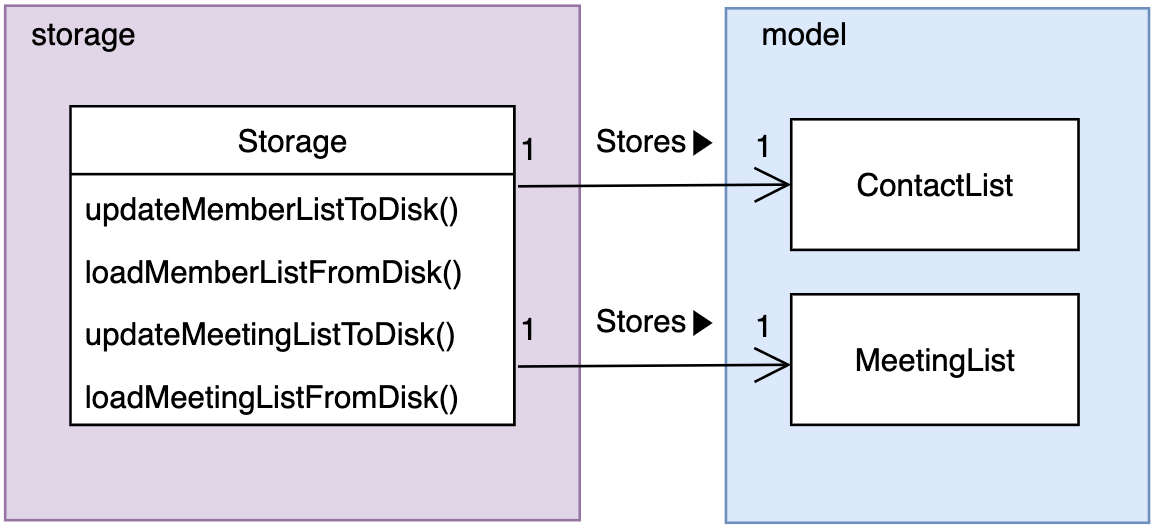
Fig 9. Class diagram of the storage component
Fig 9. shows the structure of Storage. It is created by WhenFree class to handle the loading and saving of scheduled meetings and member schedules.
The Storage component,
- can save
Contactobjects in .txt format and read it back. - can save scheduled meetings in .txt format and read it back. </br>
2.6. Common component
Classes used by multiple components are in the commons package. These includes exception classes, information of
blacklisted modules as well as output messages to be shown to users when exception occurs.
</br>
3. Implementation
This section describes how the main features of our application are implemented.
There are 6 main features: Add new contact, List all contacts, Display timetable of selected contacts, Schedule a new meeting, Edit a contact’s timetable, Delete a scheduled meeting, Delete a contact and List all scheduled meetings.
3.1 Add new contact
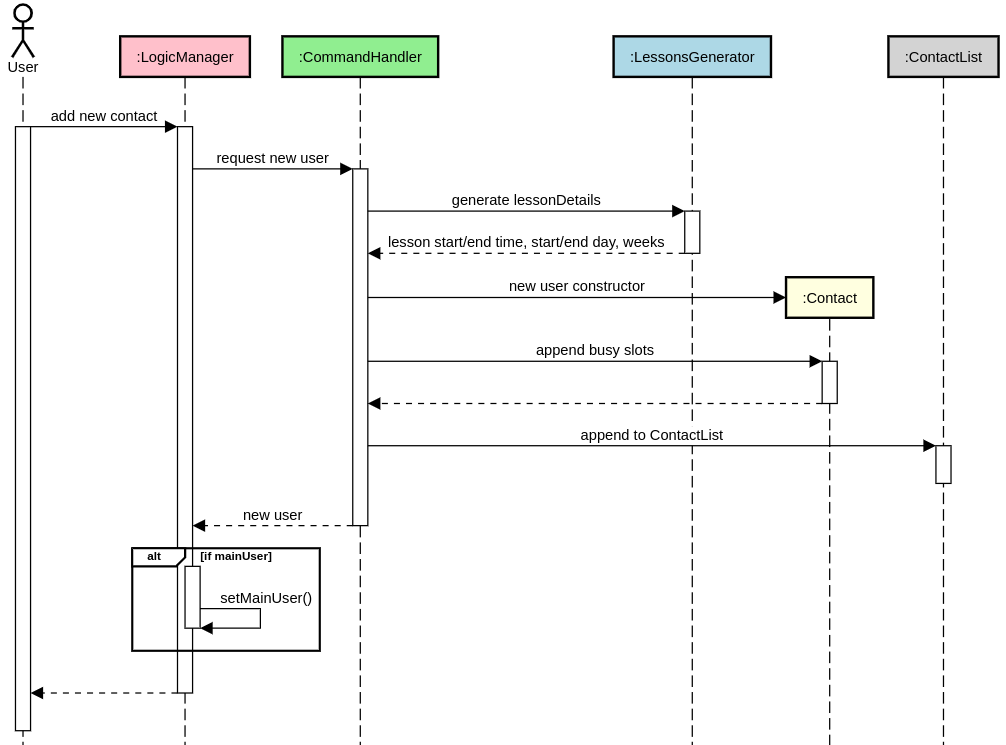
Fig 10. Sequence diagram of the implementation of the Add new contact feature
Fig 10. shows the sequence diagram of how a new contact is added.
Given below is an example usage scenario of the Add new contact feature.
- The user running the application invokes the
LogicManagerby typingname nusmodslink, followed by enter key. -
LogicManagerwould then request for a new contact by callingCommandHandler. -
CommandHandlerwould callgenerate()onLessonsGeneratorto retrieve the lesson’s start/end time, start/end day, and the number of weeks the lesson is held. -
CommandHandlerwould also instantiate a newContactand append the busy slots that were previously generated bygenerate(). - Subsequently, control would be shifted back to
LogicManagerwhere the newContactwould be returned byCommandHandler. -
LogicManagerchecks if theContactis a main user and callssetMainUser()accordingly. - The final procedure is to append the new
ContactintoContactListfound in themodelcomponent.
3.1.1 Design Considerations
Aspect 1: Optimizing fetching of module information
- Alternative 1(current choice): Instantiate a
ModuleHandlerevery time there’s a request for a module information.
Pros: The classes are intuitively separated and data structures returned is understandable.
Cons: Program runs slower for every extra timetable or extra modules taken since its a new instantiation of aModuleHandler.
- Alternative 2: Instantiate
ModuleHandleronce for every user.
Pros: Takes up less memory and setup time for every timetable provided compared to alternative 1.
Cons: The data structure returned byModuleHandlerwould be complicated and confusing for new developers.
Aspect 2: Ways of storing blacklisted module
- Alternative 1(current choice): Create a
common.BlacklistedModuleand hash every hard-coded blacklisted module as a constantHashSet.-
Pros: There is no need for user to download the blacklisted module, and only the JAR file is required to run this entire application.
Also, user do not need to have a one time set-up where they would wait several minutes for the application to dynamically pull the blacklisted modules from Nusmods API server.
-
Cons: If the blacklisted modules from Nusmods API gets updated to the conventional 13 weeks programme, developers would have to manually delete the information of those modules from
the blacklist, resulting in time wasted everytime there’s an update to module information.
-
Pros: There is no need for user to download the blacklisted module, and only the JAR file is required to run this entire application.
- Alternative 2: Dynamically pull the data from Nusmods API server once when user starts the application to retrieve the blacklisted modules, and then periodically update the
blacklisted modules every semester.
-
Pros: The blacklisted modules would be up to date and there is no need for developers to manually edit the
common.BlacklistedModuleclass.
-
Cons: The one-time set up of pulling the data is very time consuming(~2 minutes waiting time), resulting is bad user experience.
-
Pros: The blacklisted modules would be up to date and there is no need for developers to manually edit the
- Alternative 3: Requires user to download the list of blacklisted modules in addition to the JAR file.
- Pros: User do not have to wait for the one-time set up and the file would be up to date as long as the application is not deprecated.
- Cons: Developers would still have to run the method to dynamically pull the blacklisted modules, although it would be less prone to mistake caused by editing the hard-coded blacklist as mentioned in Alternative 1. Furthermore, users are required to download the blacklisted file published by the developers every semester in order for the list to be up-to-date.
- Ultimately we decided to go with Alternative 1 since it is the most user-friendly as our targeted users do not have to download another file and just downloading the jar would do. On the developer side, updates would still be required every semester, but our focus is to make the application as user-centric as possible.
3.2 List all contacts
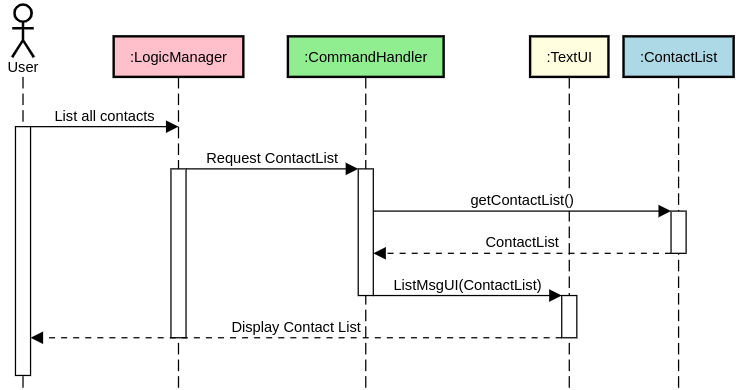
Fig 11. Sequence diagram of the implementation of the List all contacts feature
Fig 11. shows the sequence diagram of listing all contacts saved in the application.
It consists of 4 classes:LogicManager Commandhandler TextUI ContactList .
Given below is an example usage scenario of the List all contacts feature.
- The user invokes the LogicManager by typing
contacts, followed by enter key. - The
LogicManagerwould then request to list all contacts viaCommandHandler. - The
CommandHandlerwould callgetContactList()onContactListfrom storage and then using the ContactList retrieved, it then callsListMsgUI()fromTextUIclass. - The result is that
TextUIwould return aSystem.out.printlnof all the contacts the user have.
3.3 Display timetable of selected contacts
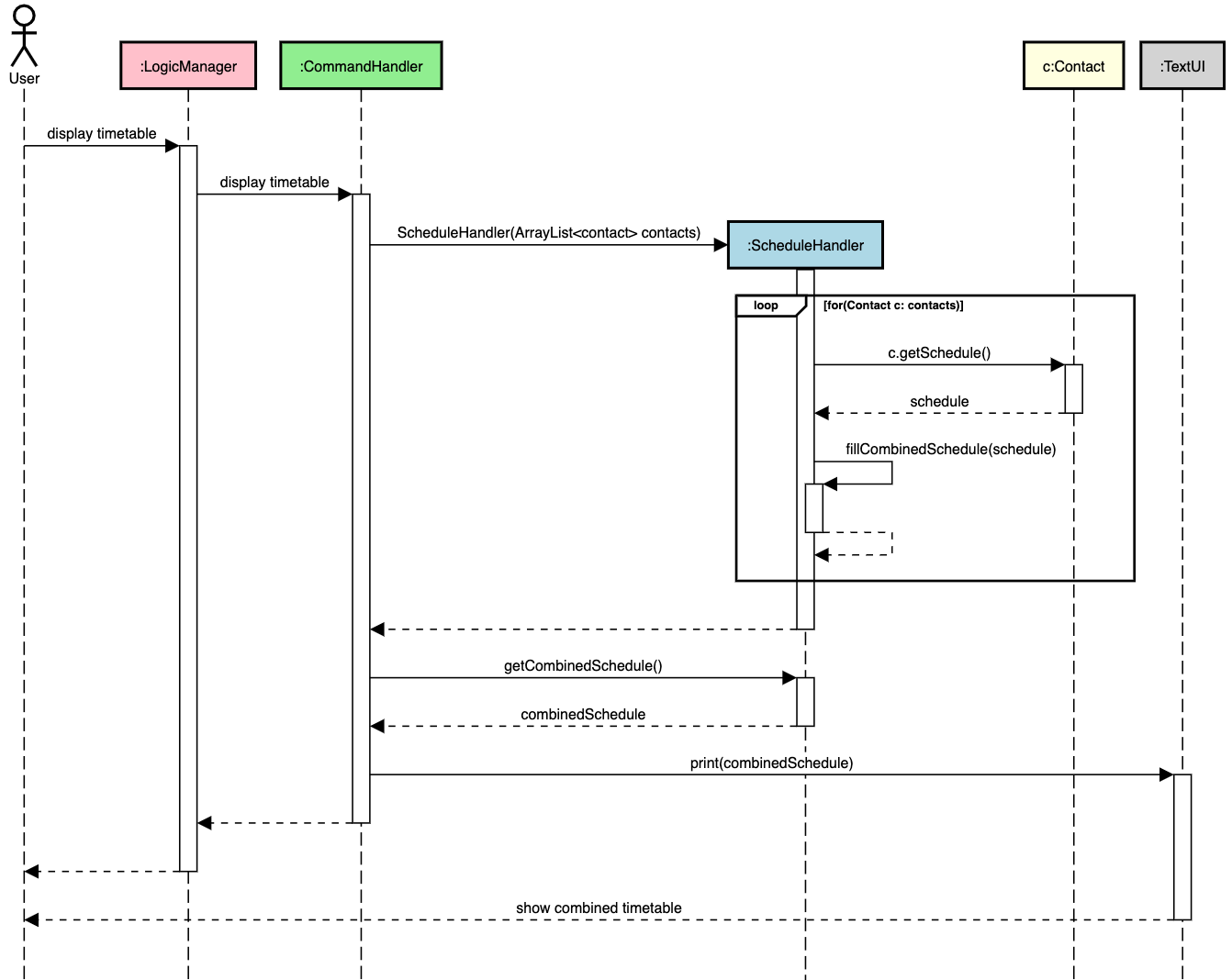
Fig 12. Sequence diagram of the implementation of the Display timetable of selected contacts feature
Fig 12. shows the sequence diagram of displaying a combined timetable of selected contacts.
It consists of 5 classes:LogicManager Commandhandler ScheduleHandler Contact TextUI .
Given below is an example usage scenario of the Display timetable of selected contacts feature.
-
The user invokes the LogicManager by entering
timetable <contact index A> <contact index B>.
<contact index A>and<contact index B>represent theContacts whose combined timetable is to be displayed. - The
LogicManagerrequests to display the combined timetable viaCommandHandler. -
The
CommandHandlerretrievesContacts fromContactListusing the contacts’ index passed into the command, to generateArrayList<Contact>. This step is omitted in the sequence diagram to keep it concise.
This step is omitted in the sequence diagram to keep it concise. - The
CommandHandlercalls the ScheduleHandler constructorScheduleHandler(ArrayList<Contacts>). - For each
Contact,ScheduleHandlerretrieves its schedule by callingContact#getSchedule().ScheduleHandlerthen uses the retrieved schedule to fill a combined schedule, adding all “busy” time blocks of the retrieved schedule into the combined schedule. -
CommandHandlerretrieves the final combined schedule by callingScheduleHandler#getCombinedSchedule. -
CommandHandlercallsTextUIto print the combined schedule. -
TextUIreturns aSystem.out.printlnof the combined schedule in an ASCII timetable diagram.
3.4 Schedule a new meeting
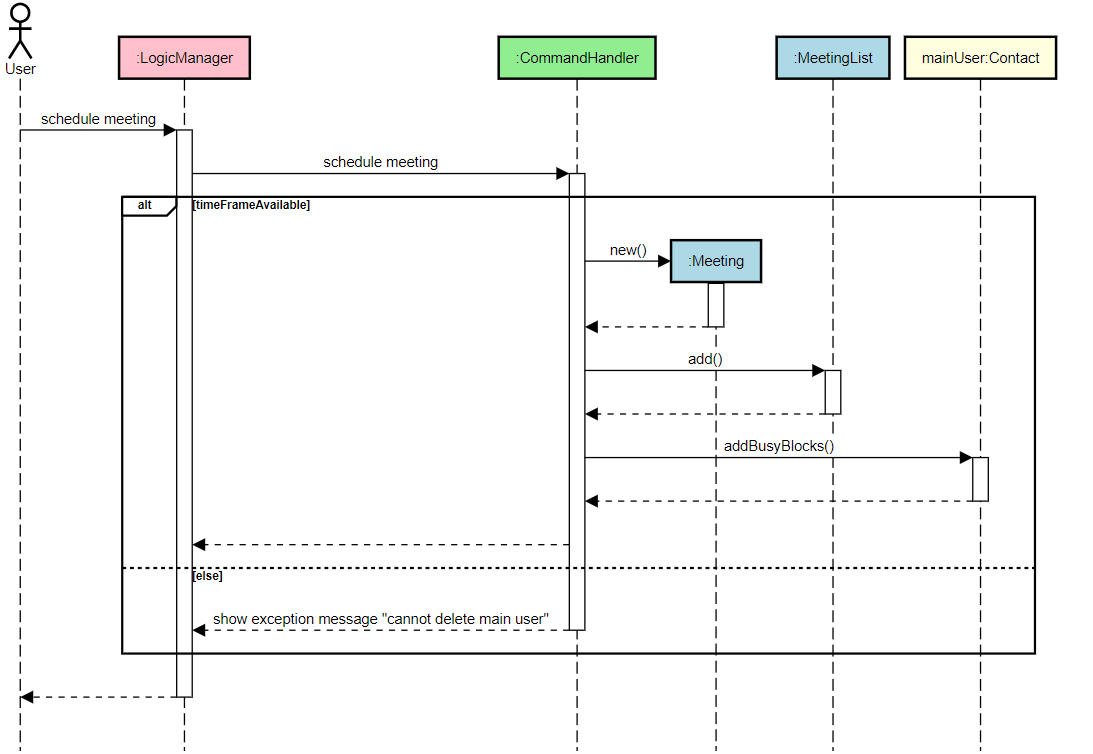 Fig 13. Sequence diagram of the implementation of the
Fig 13. Sequence diagram of the implementation of the Schedule a new meeting feature
Fig 13 shows the sequence diagram of scheduling a new meeting at a given time slot.
It consists of 5 classes:LogicManager Commandhandler Contact Meeting MeetingList.
Given below is an example usage scenario of the Schedule a new meeting feature.
- The user invokes the LogicManager by entering
schedule <meeting name> <start date> <start time> <end date> <end time>. - The
LogicManagerrequests to schedule a new meeting viaCommandHandler. - If the indicated timeframe is available,
- a new
Meetingis instantiated with the meeting name, start date, start time, end date and end time. - This new
Meetingobject is then added intoMeetingList. - Lastly,
CommandHandlercallsaddBusyBlocks()onmainUser:Contactsto mark the indicated timeframe as “busy”.
- a new
- If the indicated timeframe is not available, an exception will be thrown to inform user.
3.5 Edit a contact’s timetable
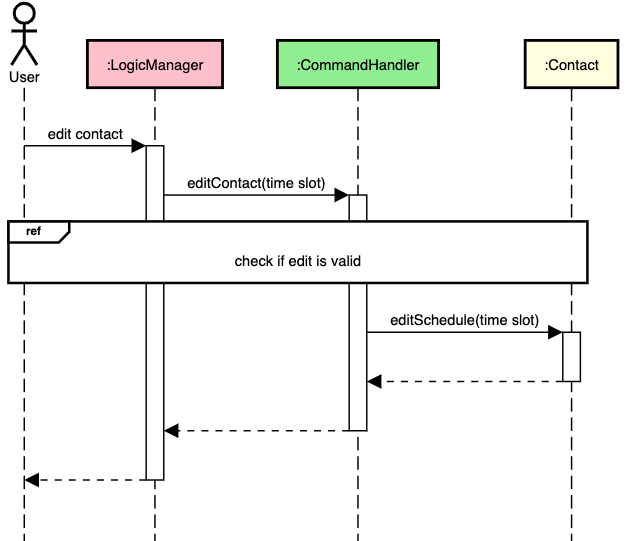
Fig 14. Sequence diagram of the implementation of the Edit a contact's timetable feature
Fig 14. shows the sequence diagram of editing the schedule (timetable) of a selected contact at a given time slot.
It consists of 3 classes:LogicManager Commandhandler Contact.
Given below is an example usage scenario of the Edit a contact's timetable feature.
-
The user invokes the LogicManager by entering
edit <contact index> <time slot>. The original user input formats for
The original user input formats for EditCommandare:edit busy <contact index> <start day> <start time> <end day> <end time>andedit free <contact index> <start day> <start time> <end day> <end time>,
for editing theContact’s schedule to “busy” and “free” at the given time slot respectively. We generaliseedit busyandedit freeaseditin the sequence diagram as their execution are similar. We also represent<start day> <start time> <end day> <end time>as<time slot>in the sequence diagram to keep it concise. - The
LogicManagerrequests to edit a contact’s schedule viaCommandHandler. -
The
CommandHandlerretrievesContactfromContactListusing the contact’s index passed into the command. This step is omitted in the sequence diagram to keep it concise.
This step is omitted in the sequence diagram to keep it concise. - The
CommandHandlercallseditSchedule(time slot)ofContact. Ifedit busy, the schedule ofContactwill be marked as “busy” for the given time slot. Ifedit free, the schedule ofContactwill be marked as “free” for the given time slot.
The schedule of the Contact is edited and saved in the application.
3.5.1 Design Considerations
Aspect 1: Clash of Meeting’s time slot and EditContact’s time slot when editing main user’s schedule
The implementation described above would allow the overwrite of any time blocks in the Contact’s schedule. This
would be problematic when editing the main user’s schedule, which contains Meetings’ time slots. A possible problematic
scenario is if we edit over a Meeting’s time slot and set the time slot to “free”, we would subsequently be able to schedule
another meeting at the same time slot. This results in multiple Meetings occupying the same time slot.
- Alternative 1(current choice): Disallow the overwrite of
Meeting’s time slot. IfEditContact’s time slot clashes with anyMeeting’s time slot, throw error to discontinue edit of that time slot. - Alternative 2: Allow the overwrite of
Meeting’s time slot. IfEditContact’s time slot clashes with anyMeeting’s time slot, remove theMeetingfromMeetingList.
We chose Alternative 1 for these reasons:
- The intended purpose of the edit function is to make amendments to schedules pulled from NUSMODS so that additional “busy” slots or “free” slots can be visualized in the timetable, not to edit over meetings.
- Editing of a
Meeting’s time slot to be “free” will be equivalent to deleting theMeeting, for which there is a dedicated feature implemented. This causes unnecessary overhead in functionality. - Alternative 1 is easier to implement. When a clash is detected, Alternative 1 requires only the throwing of exception,
whereas Alternative 2 requires the removal of
MeetingfromMeetingList.
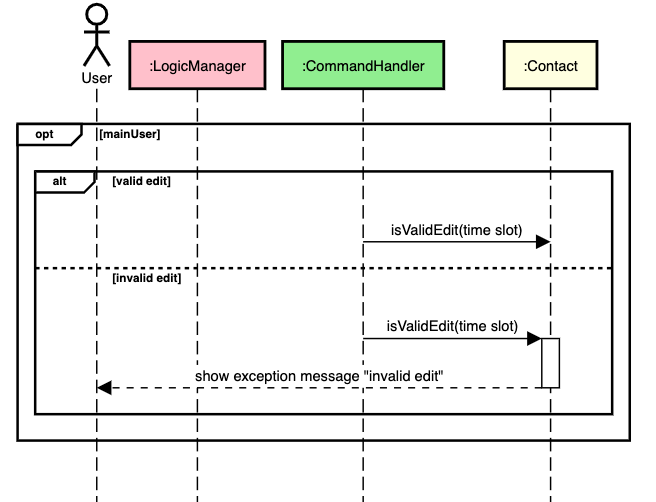
Fig 15. Sequence diagram of checking if an edit is valid in the Edit a contact's timetable feature
Fig 15. shows the sequence diagram illustrating the implementation of Alternative 1. Checking validity of
edit is done before editSchedule() of Contact is called, as shown in Fig 14.
- This path is optional, and is only implemented if
Contactthe main user. -
CommandHandlercalls isValidEdit(time slot) of theContactclass. - isValidEdit(time slot) uses the
Contact’s schedule to check if any of the time blocks within the time slot is a “meeting” time block. - If no “meeting” time block is detected within the time slot, the edit is valid. The program continues running and editSchedule() will be called.
-
If a “meeting” time block is detected within the time slot, the edit is invalid. An invalid exception is thrown by
Contact, and the user will be informed that the edit is invalid.
TextUIandExceptionclasses which are involved in generating the exception, and displaying the exception message to the user are omitted to keep the sequence diagram concise.
3.6 Delete a scheduled meeting
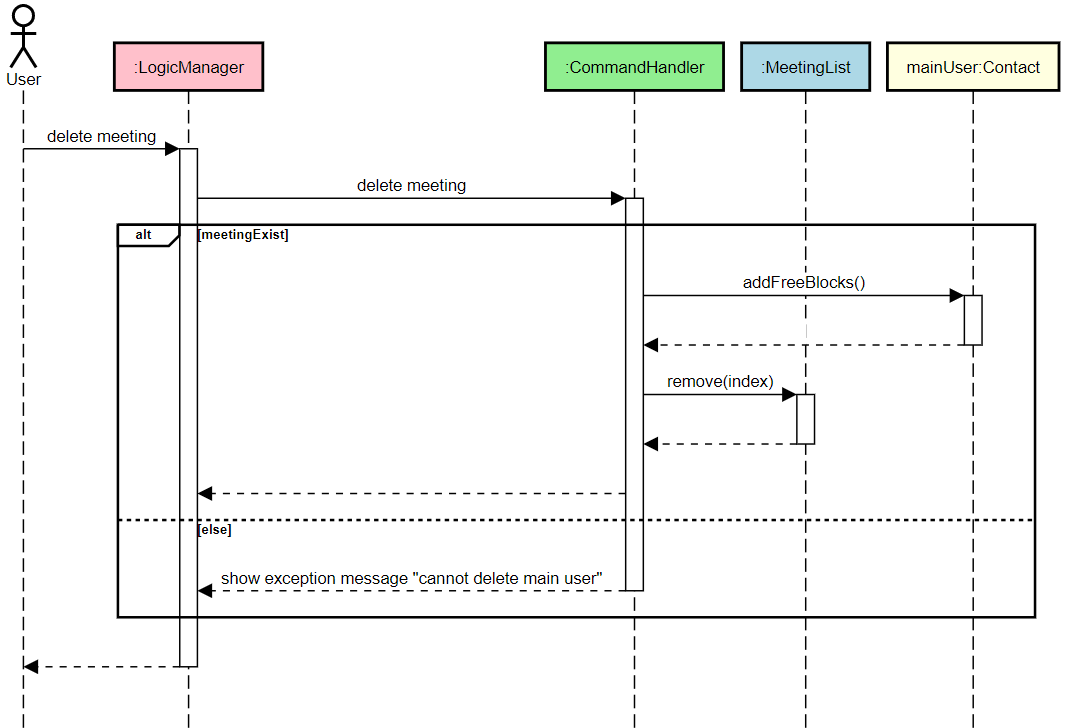 Fig 16. Sequence diagram of the implementation of the
Fig 16. Sequence diagram of the implementation of the Delete a scheduled meeting feature
Fig 16. shows the sequence diagram of the DeleteMeeting command.
It consists of 3 classes:LogicManager CommandHandler MeetingList Contact.
Given below is an example usage scenario of the Delete a scheduled meeting feature.
- The user running the application invokes the
LogicManagerby typingdelete <meeting index>. -
LogicManagerwould then requestCommandHandlerfor deletion. -
CommandHandlerwill check if target meeting index exists. If it exists, a method calladdFreeBlocks()will be made on themainUser:Contactwhich will make the indicated timeframe back to “free” again. In addition,CommandHandlerwill also make a method call,delete(), onMeetingListwhich will find and remove the meeting at the given index. If it does not exist, an exception will be thrown. - Subsequently, the updated list of meetings and schedule of the mainUser will be saved in the application.
3.7 Delete a contact
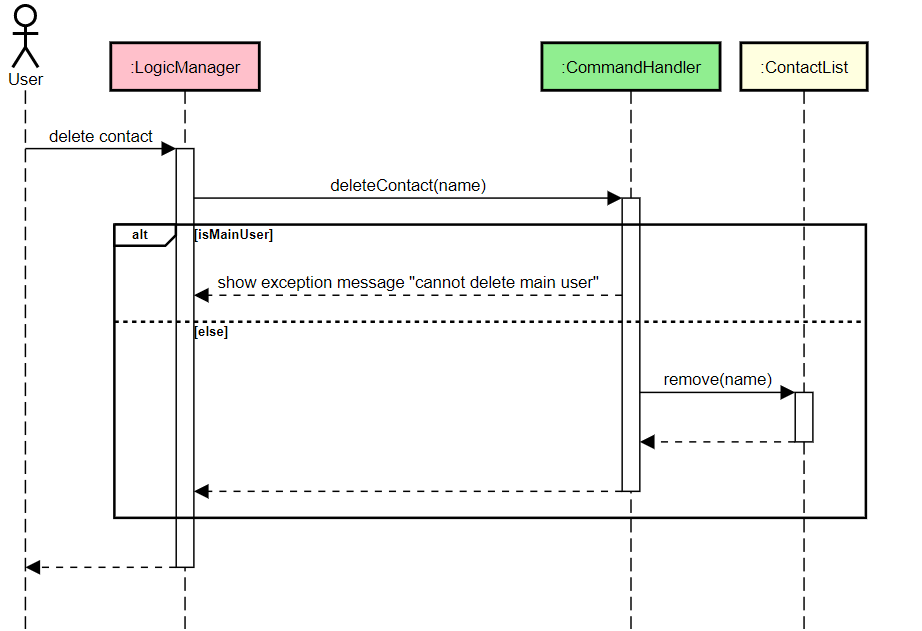 Fig 17. Sequence diagram of the implementation of the
Fig 17. Sequence diagram of the implementation of the Delete a contact feature
Fig 17. shows the sequence diagram of the DeleteContact command.
It consists of 3 classes:LogicManager CommandHandler ContactList.
Given below is an example usage scenario of the Delete a contact feature*
- The user running the application invokes the
LogicManagerby typingdelete <contact name>. -
LogicManagerwould then requestCommandHandlerfor deletion. -
CommandHandlerwill check if target contact is the main user. If it is the main user, no contact will be removed and an exception will be thrown to inform user. If it is not the main user, a method callremove()will be requested onContactListwhich will find and remove the contact with the matching name. - Subsequently, the new list of contacts will be saved in the application.
3.8 List all scheduled meetings
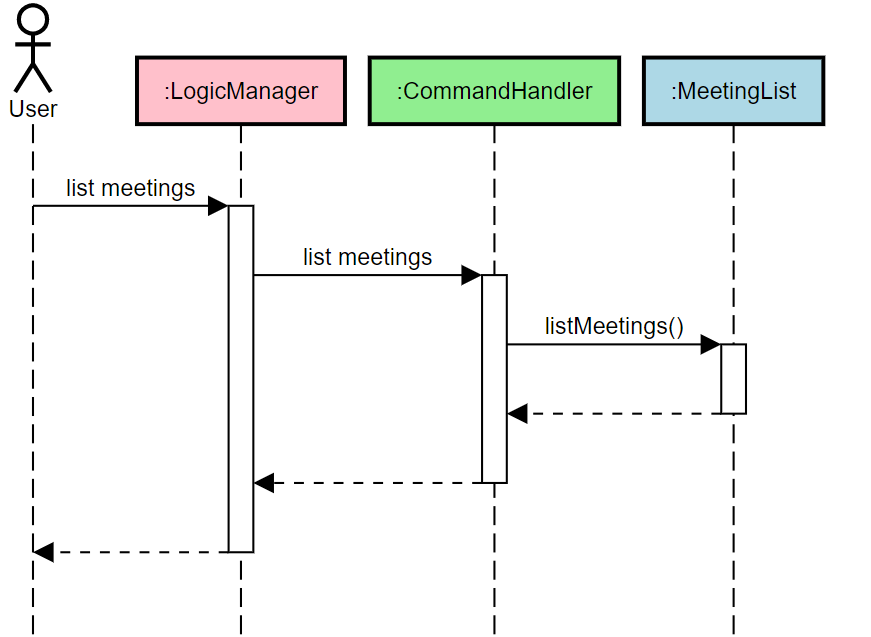
Fig 18. Sequence diagram of the implementation of the List all scheduled meetings feature
Fig 18. shows the sequence diagram of the List all scheduled meetings feature.
It consists of 3 classes:LogicManager CommandHandler MeetingList.
Given below is an example usage scenario of how the ListMeetings command behaves.
- The user running the application invokes the
LogicManagerby typingmeetings. -
LogicManagerwould then requestCommandHandlerfor the list. -
CommandHandlerwill calllistMeetings()onMeetingList, which will display every scheduled meetings that has been created.
3.9 [Proposed] Undo/Redo feature
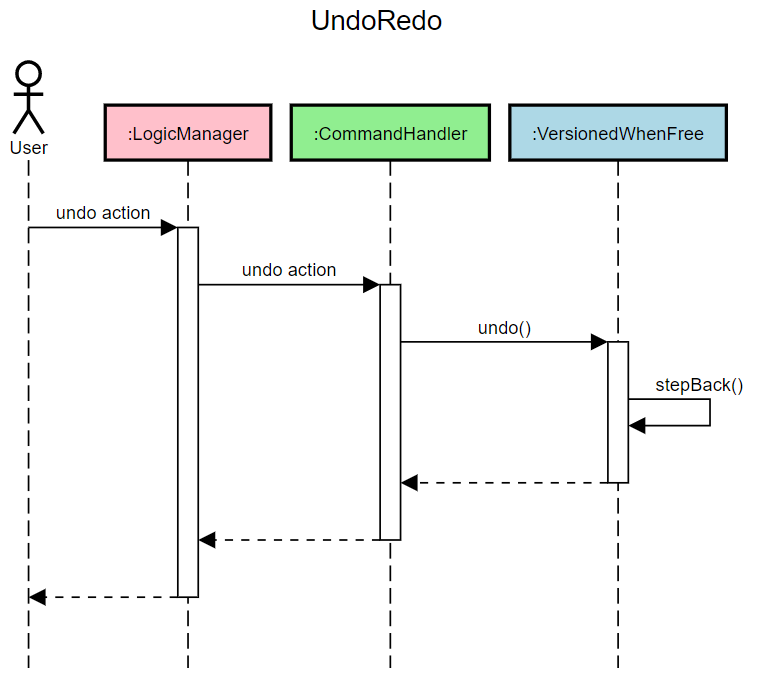 Fig 19. Sequence diagram of the implementation of the
Fig 19. Sequence diagram of the implementation of the Undo/Redo feature
Fig 19. shows the sequence diagram of the Undo/Redo feature.
It consists of 3 classes:LogicManager CommandHandler VersionedWhenFree.
The undo/redo function acts through VersionedWhenFree. It contains an undo/redo history, stored internally as an whenFreeVersionList and currentVersion. VersionedWhenFree includes the following methods:
-
include()saves the current version to whenFreeVersionList. -
undo()reverts to the previous version from the list. -
redo()reverts to the previous undo version from the list.
Given below is an example usage scenario of how the undo/redo command behaves from the start of application runtime.
- The user starts the application. The
VersionedWhenFreewill be initialized with the current state of the application and the currentVersion pointing to this WhenFree version. - The user executes
delete johncommand to delete john from the contact list. The delete command callsinclude()method inVersionedWhenFreeto append the new version of WhenFree to whenFreeVersionList and the current version to point to this new version. - The user executes
undocommand. This will invoke theLogicManager. -
LogicManagerwould then requestCommandHandlerto undo action. -
CommandHandlerwill callundo()method inVersionedWhenFree, which causescurrentVersionto point one to the left. Then WhenFree will revert to that version. Theredocommand does the opposite, which callsredo()in VersionedWhenFree which causescurrentVersionto point one to the right and revert to that version instead. - The user executes
contactscommand, which lists every stored contact’s name. Commands like this will not affectVersionedWhenFree. - The user executes
delete adamcommand. This will delete all entries inwhenFreeVersionListafter the current version, and continue similar to that in step 2.
3.9.1. Design Considerations
Aspect: How undo/redo executes
- Alterative 1 (current choice): Saves the entire storage.
- Pros: Easy to implement.
- Cons: May have memory problem.
- Alterative 2: Modularized undo/redo such that every relevant commands can undo/redo its own command.
- Pros: Less memory usage.
- Cons: Implementation process will be harder and more testing will be needed.
Appendix A: Product Scope
A.1. Target user profile
Our application, WhenFree, is for NUS students and teaching assistants looking to save time finding free-slots for their project meetings, consultations etc. It allow users to add their team members and tutees respectively, and finding a time-slot where everyone would be free. Target user profile:
- Our application if for users that are comfortable using CLI apps and prefer desktop applications rather than phone apps.
- Our application targets users in NUS that wish to easily find free-slots amongst their peers studying in NUS as well.
- Our application tracks the meetings the user have and shows them on a timetable generated dynamically in CLI.
A.2. Value proposition
- By using this application, NUS students/staff are able to save time planning schedule for their group meetings by simply providing the application with their respective NUSMODS website link instead of manually keying in their timetable individually.
- Our application allows NUS students/staff to save their scheduled meeting into their timetable. Our application would take the user’s meetings into account when scheduling a common timeslot timetable.
- Our application provides NUS students/staff with a friendly CLI-based timetable interface when scheduling common-timeslots.
Appendix B: User Stories
| Version | As a … | I want to … | So that I can … |
|---|---|---|---|
| v1.0 | As a student | I want to delete the meetings in the calendar | so that I can afford to make mistakes while planning for the meeting. |
| v1.0 | student with many friends | I want to schedule lunch dates with my friends | so that i can maintain my social circle. |
| v1.0 | As a TA | I want to organize my timetable and consult sessions | so that it can all be in one place. |
| v1.0 | As a student who uses various calendars | I want to schedule everything in one place | so that i can access all my events from one medium. |
| v1.0 | As a forgetful student | I tend to forget which project meetings I have planned for the week and hence | so the application allows me to save the schedule and look through it for reference. |
| v1.0 | As a busy student | I want to have more family outings without sacrificing my lecture/tutorial timings | so that I can score good grades and have a life both at the same time. |
| v2.0 | As an impatient student | I want to directly copy/paste timetable links | so that i can instantly generate suitable time slots for our project meetings. |
| v2.0 | As a student | I want to use this to be organized in terms of what meetings i have for the coming week | so that I would be a responsible team member who shows up at every meeting. |
| v2.0 | As a busy student | I want to use this application to manage my schedule | so that i can plan my time wisely. |
| v2.0 | As a TA | I want to use this to schedule consults and marking sessions without sacrificing my tutorial/lecture slots | so that I can get the best TA award and maintain my grades at the same time. |
| v2.0 | As a lazy student | I want to use this application to automatically sync my previous meeting onto a new schedule profile | so that I can automatically block out dates instead of typing it manually. |
| v2.0 | As a student | I want to see the list of upcoming meeting dates | so that i can remind myself which meetings i have to go for in the coming week. |
| v2.1 | As a busy student | I want to edit my schedule manually | so that I can add more slots at which I am busy |
| v2.1 | As a student | I want to edit my schedule manually | so that I can free up slots at which I am not busy |
| v2.1 | As a team leader | I want to see my team’s schedule for the following week | so that I can plan and schedule meetings in advance |
Appendix C: Use Cases
(For all use cases below, the System is WhenFree and the Actor is the user, unless otherwise stated.)
- Use case: Show(more) timetable/s
MSS:
- User wants to see the common timeslots together with 3 of his/her contacts to schedule a common meeting timeslot.
- User keys in the command together with the index of the contacts.
- System generates a dynamic timetable for this week.
- User wants to see next weeks timetable with all the common timeslots among his contacts as well.
- User types in the command “more”.
- System generates two timetable side by side, each representing this week and next week’s timetable.
- Use case ends.
Extension:
- System detects that “more” is keyed in without “timetable” command preceding it- System catches it and use case resumes from step 2.
- System detects that index of the contacts is invalid - System catches it and use case resumes from step 2.
- User wants to see the common timeslots together with 3 of his/her contacts to schedule a common meeting timeslot.
- Use case: Add contacts
MSS:
- User has a group of team mates for a certain project.
- User wants to add the timetable of his/her teammates to schedule a common time-slot.
- User keys in the member’s name and timetables into application .
- System adds the nusmods timetable of team members.
- Use case ends.
Extensions:
- System detects invalid name containing all numbers - System catches it and use case resumes from step 3.
- System detects invalid nusmods URL - System catches it and use case resumes from step 3.
- User has a group of team mates for a certain project.
- Use case: Delete contacts
MSS:
- User wants to delete the members of a particular project since the project has finished.
- User keys in the command together with the name of the contact.
- System deletes the contact from the user’s storage.
- Use case ends.
Extensions:
- System detects an invalid name - System catches it and use case resumes from step 2.
- User wants to delete the members of a particular project since the project has finished.
- Use case: List contacts
MSS:
- User wants to see the current list of saved contacts he/she has previously keyed.
- User keys in the command without any additional parameters.
- System lists the contact from the user’s storage.
- Use case ends
- User wants to see the current list of saved contacts he/she has previously keyed.
- Use case: Schedule meetings
MSS:
- User has a common time-slot chosen via our application and wants to schedule it into his/her timetable.
- User keys in the command together with the start and end date, start and end time.
- System stores the scheduled meeting.
- System blocks out the scheduled meeting in his/her timetable.
- Use case ends.
Extensions:
- System detects start date later than end date - System catches it and use case resumes from step 2.
- System detects start/end date not within this week or next week - System catches it and use case resumes from step 2.
- System detects start/end time is not in blocks of 30minutes - System catches it and use case resumes from step 2.
- User has a common time-slot chosen via our application and wants to schedule it into his/her timetable.
- Use case: Edit timetable slots
MSS:
- User realised lecturer has cancelled a particular lecture time-slot and is free during that time.
- User keys in the command, with the start/end date, start/end time that he/she is free.
- System free up the timetable slots.
- Use case ends.
Extensions:
- System detects start date later than end date - System catches it and use case resumes from step 2.
- System detects start/end date not within this week or next week - System catches it and use case resumes from step 2.
- System detects start/end time is not in blocks of 30minutes - System catches it and use case resumes from step 2.
- System detects that user did not specify if he/she wants to free or block the slot/s - System catches it and use case resume from step 2.
- User realised lecturer has cancelled a particular lecture time-slot and is free during that time.
- Use case: List meetings
MSS:
- User wants to see the current list of saved meetings he/she has previously keyed.
- User keys in the command without any additional paramters.
- System lists the meetings from the user’s storage.
- Use case ends
- User wants to see the current list of saved meetings he/she has previously keyed.
- Use case: Delete meetings
MSS:
- User has an urgent stuff on a particular scheduled meeting slot and wish to delete the scheduled meeting in application.
- User keys in the command together with the index of the meeting. Index is gotten by listing the meetings.
- System deletes the meeting and reflects it in user’s timetable.
- Use case ends.
Extensions:
- System detects an invalid index - System catches it and use case resumes from step 2.
- User has an urgent stuff on a particular scheduled meeting slot and wish to delete the scheduled meeting in application.
Appendix D: Non-Functional Requirements
- Should work on any mainstream OS as long as it has Java 11 SDK or above installed.
- Should be able to hold up to hundreds of meetings and timetables without a noticeable increase in application’s performance and latency.
- A fast typist user preferring CLI applications, with above average typing speed(>65wpm) for regular English text should be able to accomplish most tasks faster than a GUI application using mouse.
- Should come with automated unit tests in case you encounter any bugs while developing new feature, and it should be open sourced for the anyone.
- Should work on both 32-bit and 64-bit environments.
- Should not exceed 100MB in size given normal usage.
Appendix E: Glossary
-
Blacklisted modules - Blacklisted modules are modules that doesn’t follow the conventional 13 weeks programme and as such, the JSON pulled from NUSMODS api is unable to be processed by
Logic.modulelogiccomponent. - Mainstream OS -Windows, LinuxOS, OS-X(MacOS)
Appendix F: Instructions for Manual Testing
Given below are instructions to test the app manually.
These instructions only provide a starting point for testers to work on; testers are expected to do more exploratory testing.
We also recommend testers to have a stable internet connection throughout the tests to successfully pull the data from nusmods API.
F.1. Launch and Shutdown
- Initial launch
- Download the jar file and copy into an empty folder.
- Double click the jar file
Expected: The CLI application would be running with our logo: WhenFree.
 You can also open the cmd terminal from windows or bash terminal from linux/mac os and key in
You can also open the cmd terminal from windows or bash terminal from linux/mac os and key in java -jar WhenFree-2.1.jarto access the application. - Shutting down
- Type
exitfollowed by enter key to exit.
Expected: Application should shut down with an exit message, intermediate contacts and meetings would be saved.
 The test cases below are provided such that it should be executable without showing any errors if followed sequentially from F.2 onwards.
The test cases below are provided such that it should be executable without showing any errors if followed sequentially from F.2 onwards. - Type
F.2. Setting up profile
- Set up your contacts profile
- Test case:
Tommy https://nusmods.com/timetable/sem-2/share?CFG1002=LEC:06&CG2023=PLEC:02,LAB:03,PTUT:02&CG2027=LEC:01,TUT:01&CG2028=LAB:02,TUT:01,LEC:01&CS2101=&CS2113T=LEC:C01&GES1020=TUT:2,LEC:1&SPH2101=LEC:1,TUT:6
Expected: A new main contact will be added. Name: Tommy, with his respective modules.
 Note that the first user added to the contact will be the main user of the application. Meeting schedule will be stored into main user’s timetable.
Note that the first user added to the contact will be the main user of the application. Meeting schedule will be stored into main user’s timetable.- Test case:
Patricia https://nusmods.com/timetable/sem-2/share?CG2023=PLEC:03,PTUT:03,LAB:06&CG2027=LEC:01,TUT:01&CG2028=LAB:01,TUT:01,LEC:01&CS2101=&CS2113T=LEC:C01&LAT1201=LEC:1
- Test case:
Agnus https://nusmods.com/timetable/sem-2/share?CG2023=LAB:03,PLEC:03,PTUT:03&CG2027=LEC:01,TUT:01&CG2028=LAB:02,TUT:01,LEC:01&CS2101=&CS2107=TUT:09,LEC:1&CS2113T=LEC:C01
- Test case:
Jerry https://nusmods.com/timetable/sem-2/share?CG2023=LAB:04,PLEC:02,PTUT:01&CS3235=TUT:3,LEC:1
Expected: 3 new contacts will be added, with their respective modules.
- Test case:
Timmy https://nusmods.com/timetable/sem-2/brokenlink
Expected: Contact is not updated into contact list as nusmods URL is invalid
 Names must not contain purely integers. It should either be entirely alphabetical or alphanumerical.
Names must not contain purely integers. It should either be entirely alphabetical or alphanumerical. - Test case:
F.3. Scheduling a meeting
- Setting up a meeting among all contacts.
- Prerequisites: Type
timetable 0 1 2 3to show the combined timetable of all members. - Check to see if there are any empty slots. Slots marked with
Xmeans the slot is taken up. - Scheduling of meeting is allowed as long as
Xis not marked in the main user’s timetable. - Test case:
schedule test_meeting startDate startTime endDate endTime
 startDate/endDate is found in the
startDate/endDate is found in the timetablecommand. For eg, scheduling 16th April 11:30am to 16th April 3pm would beschedule testMeeting 16 11:30 16 15:00. Type
Type scheduleto see the required format. startTime and endTime should strictly be in 30minutes blocks, startDay and endDay should strictly follow the date given in
startTime and endTime should strictly be in 30minutes blocks, startDay and endDay should strictly follow the date given in timetablecommand. - Prerequisites: Type
F.4. Deleting a meeting
- Deleting a scheduled meeting.
- Prerequisites: Type
meetingsto list down all meetings in the main user’s timetable. - Test case:
delete 1.
Expected: The meeting scheduled previously in F.3 is deleted. If no meeting is scheduled at all, an error would be shown to user.
- Test case:
delete 0
Expected: No meeting would be deleted since the index starts from 1
 Type
Type deleteto see the required format. - Prerequisites: Type
F.5. Deleting a contact
- Deleting a contact.
- Prerequisites: Type
contactsto list down all the contacts currently stored. - Test case:
delete name.
Expected: The desired contact would be deleted
 You cannot delete main user contact.
You cannot delete main user contact. Type
Type deleteto see the required format. - Prerequisites: Type
F.6. Editing a contact’s timetable
- Editing main user’s timetable
- Prerequisites: Type
timetableto check which slots from the main user timetable to free up or block out. - Test case:
edit free 0 startDate startTime endDate endTime
Expected: The date and time given would be free up
- Test case:
edit busy 0 startDate startTime endDate endTime
Expected: The date and time given would be blocked out
- Other incorrect edit commands to try: not stating whether it is
freeorbusy,startTime endTimedoesn’t follow 30minutes blocks.
 Type
Type editto see the required format. - Prerequisites: Type
F.7. Saving data
- Data is saved automatically in the
/datadirectory where the jar file is located in. - Loading previously scheduled meetings.
- Prerequisites:
/data/meeting_list.txtis not empty. - The text file stores every meeting in each line, and it contains information of the meeting name, start/end date, start/end time.
- Expected: The stored meetings would be shown in the application via
meetingscommand and is also reflected in thetimetablecommand.
 Note that you can’t manually add meeting simply by editing
Note that you can’t manually add meeting simply by editing /data/meeting_list.txtsince the meetings generated would also be reflected in the main user’s timetable. Editing it manually would corrupt the timetable schedule. - Prerequisites:
- Loading previously stored contacts.
- Prequisites:
/datadirectory contains at least one contact file in the form ofname_schedule.txt. - The text file stores all 13 weeks schedule of a particular contact. The weeks are line separated and each word represents a block of 30minutes time.
- Expected: The stored contacts would be shown in application via
contacts.
 It is suggested not to manually edit the contacts file directly since it could potentially corrupt your data. We highly recommend scheduling meetings directly via the application instead.
It is suggested not to manually edit the contacts file directly since it could potentially corrupt your data. We highly recommend scheduling meetings directly via the application instead. - Prequisites: